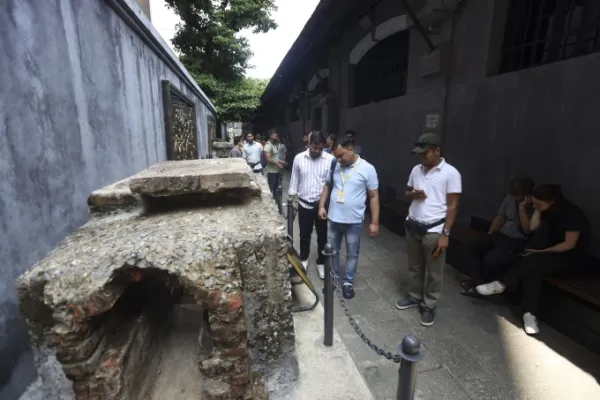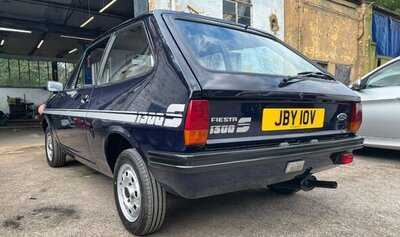
As National Geographic notes, 50 years after reunification Vietnam has grown into one of Southeast Asia’s fastest-changing nations, but despite the rapid changes it continues to honor its past through museums and monuments.
Many of these sites now draw history lovers, and will offer a meaningful experience during the National Day holidays from Aug. 30 to Sept. 2.
Ho Chi Minh City
|
Tourists visit the Cu Chi Tunnels in Ho Chi Minh City. Photo by Read/Quynh Tran |
War Remnants Museum
One of Vietnam’s most visited museums, it confronts visitors with images and artifacts from the Vietnam War, including documentation of the My Lai Massacre and the long-term effects of Agent Orange. An outdoor display showcases aircraft, weapons and ordnance used during the conflict.
Independence Palace
This landmark marks the site of the war’s official end. Built in 1966, it remains much as it was, with preserved state rooms and a basement leading to soundproof war rooms that retain the radios and telephones used at the time.
With Chi Tunnels
About 60 kilometers from the city, this underground network stretches for hundreds of kilometers at depths of up to eight meters. The Cu Chi Tunnels played a key role in resistance efforts against both French and American forces. Tours lead visitors through hidden trapdoors and passageways that once served as living quarters, supply routes and combat positions.
Quang Ngai Province
 |
|
Monument at the Son My Memorial Site in Quang Ngai Province, central Vietnam. Photo courtesy of Wiki |
Son My Memorial Site
Home to a museum and a sculpture representing the villagers who lost their lives, including an elderly woman holding the body of a dead child of the My Lai Massacre. Today Son My is a quiet village where visitors can go on river tours, enjoy seafood by the beach or take a short trip to Ly Son Island.
Quang Tri Province
Demilitarized Zone (DMZ)
From 1954 to 1976 the DMZ divided what were then North Vietnam and South Vietnam. Today visitors can explore wartime sites such as Khe Sanh Combat Base, now a museum, and Ta Con Airfield, where the remains of aircraft, tanks and missile launchers still stand.
Vinh moc tunnels
Ninety families lived in this underground complex from 1966 to 1972 to escape U.S. bombing. With kitchens, wells and even a maternity ward where 17 babies were born, the Vinh Moc Tunnels are often visited the same day as the DMZ.
Hanoi
 |
|
Visitors tour Hoa Lo Prison in Hanoi. Photo by Read/Pham Chieu |
Vietnam Military History Museum
Relocated in 2024 to a modern facility, the museum preserves 150,000 artifacts, including a Soviet-made MiG-21 fighter jet, the tank that crashed through the gates of Independence Palace in 1975, and the campaign map of the Ho Chi Minh Offensive. Personal belongings, photographs and letters from soldiers and civilians affected by the war are also on display.
Hoa Lo Prison
Built by the French in the late 19th century, the prison once held American prisoners. Most of it was demolished in the 1990s, but part remains as a museum, showcasing items belonging to famous inmates, including the flight suit of U.S. Senator and Vietnam War veteran John McCain, who was captured in 1967 when his plane was shot down over Hanoi.
-
Indore Traders Seek GST Cut On Tiles

-
Jaishankar Critiques US-Pakistan Relations, Highlights Osama's Abbottabad Connection

-
Japanese maple leaves won't turn brown or fall off if you add 1 item to soil in August

-
Wheeler Dealers host Mike Brewer fresh August update on stolen Ford Fiesta

-
Madhya Pradesh's Gandhi Sagar Sanctuary Eyes Bigger Habitat For Cheetahs, Prey
